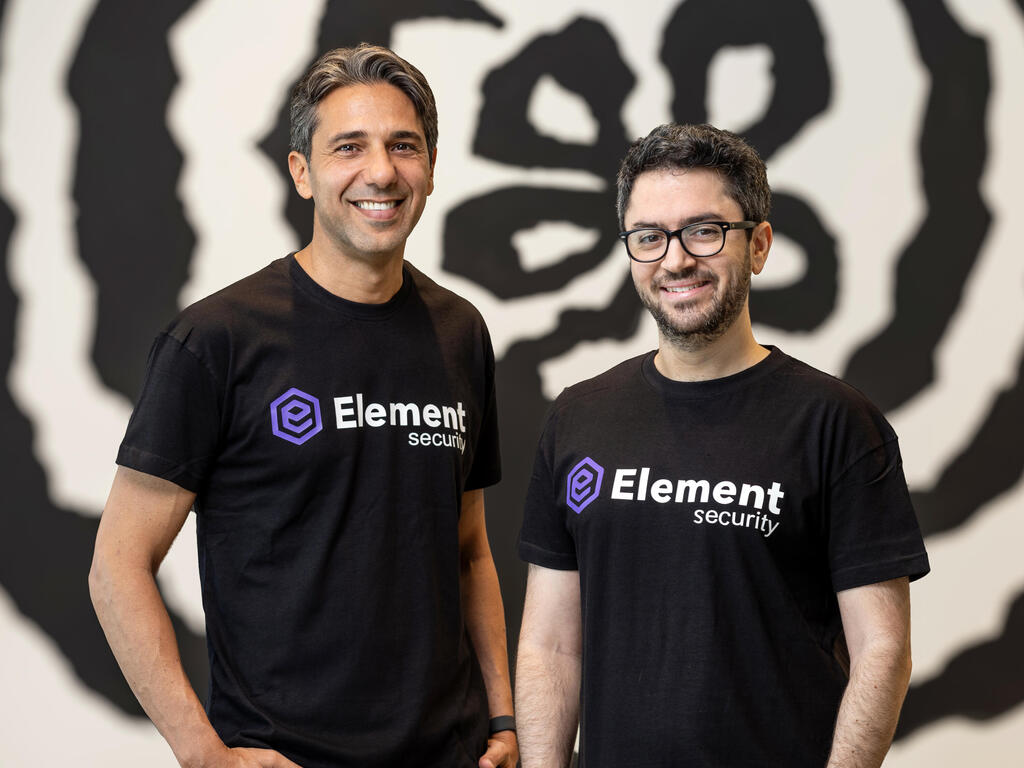
Element Security nets $5M in funding to help organizations manage their external attack surface
The Israeli startup has developed an exploit engine that continuously and actively attempts to hack their customers' external-facing assets, identifying high-impact exposures before attackers can exploit them.
Element Security announced on Tuesday that it has raised $5 million in funding and unveiled its Continuous Threat Exposure Management (CTEM) solution. The Israeli startup has developed an exploit engine that continuously and actively attempts to hack their customers' external-facing assets, identifying high-impact exposures before attackers can exploit them.
Launched in early 2023, it has already been adopted by major global companies in the finance, automotive, and aviation sectors. The funding round included the Q Fund VC, Eddy Shalev, Danny Yamin (former CEO of Microsoft Israel), and Kobi Rosengarten (former General Partner at JVP).
Element Security was founded in 2021 by Daniel Lublin, who led the Red Team at Check Point, and Omer Cohen, Unit 8200 graduate and serial entrepreneur.
“In the rapidly evolving digital era, many organizations understand the critical need for proactive defense of their external attack surface. Our platform represents a paradigm shift from reactivity to prevention,” said Daniel Lublin, CEO and Co-founder of Element Security. “We use advanced attack methodologies to identify and prioritize high-impact exposures in real time. Our automation enables continuous scanning of a wide range of digital assets, far beyond the capabilities of traditional tools. This approach allows the organization to focus on issues that have validated and immediate impact on their security posture."
Element Security's proactive approach involves technology that continuously and automatically attempts to breach external-facing assets exposed to the internet—whether on-premises, in the cloud, or in third-party applications (SaaS). Upon detecting a vulnerability, the system triggers an alert and provides the security team with a detailed proof of concept. This includes the complete attack chain, the payloads used, mitigation advice, and a severity score that accurately reflects the current impact.















